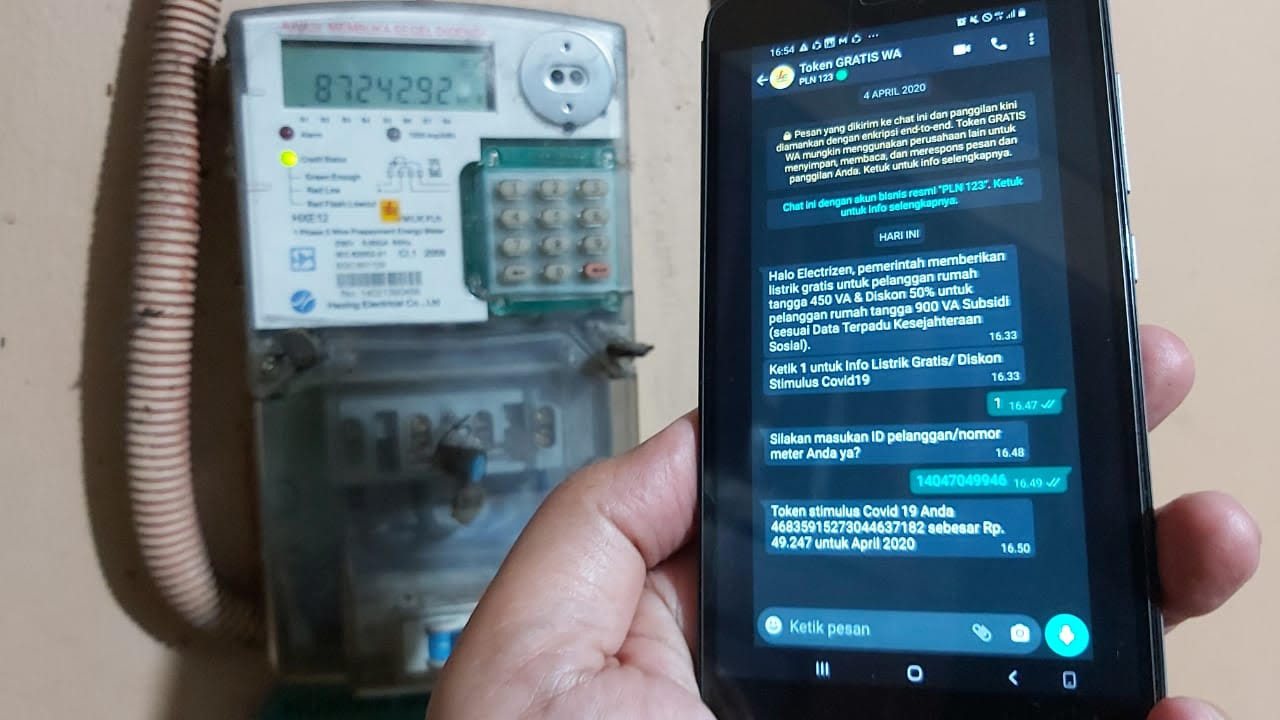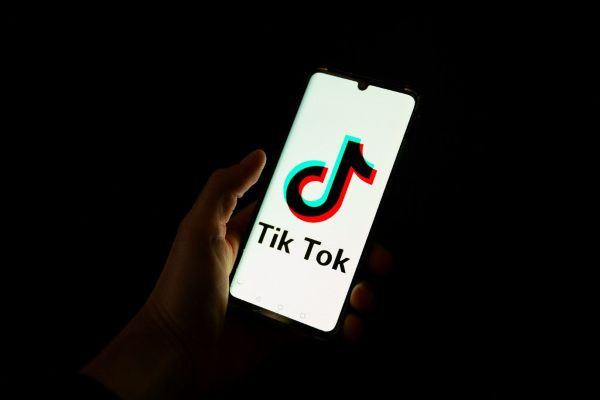Popular Reads
Top Results
Can't find what you're looking for?
View all search resultsPopular Reads
Top Results
Can't find what you're looking for?
View all search resultsASEAN: Toward residential energy efficiency
This shift in energy demand from the industrial and commercial sectors to the residential sector will in turn lead to higher household electricity bills.
Change text size
Gift Premium Articles
to Anyone
I
t has been half a year since COVID‑19 was first reported in December 2019, followed by the World Health Organization declaring the disease a pandemic in March 2020. Around the world, including Southeast Asia, governments have asked people to stay at home and imposed closures or lockdowns to contain its spread.
Metropolitans like Jakarta have turned cleaner in regard to air pollution. People are commuting less and so, fewer vehicles are on the streets. Industries are slowing down their production or suspending operation. People are changing their behavior; they are staying at home.
This change of behavior has impacted energy demand. In Indonesia, state electricity company PLN said overall electricity consumption will fall by up to 1.2 percent, which is mostly driven by lower demand from industries and businesses. Nonetheless, what one could miss is that the decline in industry and commercial energy demand has offset residential electricity consumption, which has increased by 7.54 percent in the past three months.
This is happening not only in Indonesia but also globally, according to the International Energy Agency Global Energy Review on the impacts of the COVID-19 crisis. This shift in energy demand from the industrial and commercial sectors to the residential sector will in turn lead to higher household electricity bills.
ASEAN governments such as Indonesia, Malaysia and Thailand have responded by launching economic stimulus packages to address the rise in household electricity expenditures. In Indonesia, PLN has provided a free and discount stimulus to 31 million low- and middle-income households for the period of April to June.
While in Malaysia, the government announced a tiered rebate for electricity bills of between 15 and 50 percent for domestic users in Peninsular Malaysia. Similarly, in Thailand, the Ministry of Energy proposed to cut electricity charges for 22 million households for three months from March to May.
However, this approach may not last forever and a strategy to maximize long-term benefits is needed. These behavioral changes due to the health crisis might will be a new normal. Therefore, energy efficiency measures could be one of the most effective ways to bring a long-term transformation that will help reduce electricity expenditures while accelerating economic recovery. That’s why governments could channel their stimulus through energy efficiency programs, for example, in the residential sector.
There is a huge potential for energy-saving in the residential sector. Based on the ASEAN Energy Database System of the ASEAN Center of Energy (ACE), the residential sector is the second-largest for electricity demand with a 30 percent share in the region. Moreover, household electrical appliances contribute to most of the residential sector’s energy use, with air conditioners (AC) being one of the most energy-intensive appliances with a share of 15 percent in total electricity use in households.
According to the United Nations Environment Program’s (UNEP) United for Efficiency assessment, ASEAN could see potential annual savings of 134 kilowatt hours (twh) of electricity, 92 million tons of CO2 and US$15 billion in electricity bills from transition to energy-efficient ACs.
Moreover, a study shows that in Indonesia, there can be a 932 kwh difference in annual energy consumption between the average AC and the most efficient AC available in the market, which could be translated to potentially saving $90 a year per AC in electricity bills.
To further increase the availability of high-efficient products, the International Energy Agency (IEA) has recommended that countries develop mechanisms and implement a gradual increase of Minimum Energy Performance Standard (MEPS) levels. This would eliminate inefficient products in the market and build consumer trust in higher-efficiency products.
However, numerous studies have demonstrated that the penetration of energy-efficient equipment is far below the cost-effective level for energy consumers. To make them more competitive, especially in the current pandemic situation, there is a need for a well-designed incentive program from policymakers that can be applied throughout the supply chain. Incentives such as subsidies or tax credits, could encourage manufacturers to make technological improvements and innovations, as well as offer an opportunity to lower production costs.
A direct incentive for costumers, such a replacement program from old and inefficient products to a more efficient model could be one option. For example, Mexico’s Programa Nacional para la Sustitución de Equipos Electrodomésticos (PNSEE) was able to replace 1.5 million refrigerators and 167,000 ACs, saving 400 gigawatt hours (gwh) of energy and 0.24 metric tons of CO2 by 2012 through on-bill financing.
Low-income families often occupy homes that are the least energy efficient. The economic stimulus could be directed to retrofitting low-income residences into more energy-efficient homes. One of the success stories of this kind of stimulus happened in The United States as a response to the global financial crisis in 2008, under the American Recovery and Reinvestment Act (ARRA). It improved the energy efficiency of low-income residences of more than one million homes and were able to save the families more than $3,000 of utility bills. Additionally, it was also generated new 28,000 direct and indirect jobs in 2010 alone.
Consumers play a major role in the implementation of residential energy efficient programs. Studies show that households mainly get information on their domestic energy use from utility bills.
Consumer awareness could be further enhanced by implementing supporting programs such as the inclusion of QR codes on labels, from which the consumer could be re-directed to consumer-information websites to check the accuracy of the label. Furthermore, to assist consumers in making purchasing decisions, an online-based application with energy saving tips and useful information will be very helpful.
Although choosing efficient products will greatly depend on the consumers, governments can assist them by providing a necessary nudge. The consumer information platform developed by the government of Singapore can be a good model.
The COVID-19 pandemic is causing a behavioral change that is shifting the energy landscape in the region. Various energy efficiency measures for the residential sector could create a positive multiplier-effect, especially for the post-pandemic economic recovery. They will not only allow consumers to reduce their household energy consumption and bills but also boost the economy through job creation and reduce greenhouse gas emissions.
The current situation would be a perfect moment for ASEAN countries to stimulate energy efficiency improvements. While recovering from the pandemic, will you and your country take part in energy efficiency efforts? Or will you return to your old “normal” behavior that only leads to higher energy bills?
Rizky Aditya Putra is senior officer, Alfred Gurning is technical officer and Dynta Trishana Munardy is technical officer of ASEAN Plan of Action for Energy Cooperation (APAEC) at the ASEAN Centre for Energy.










